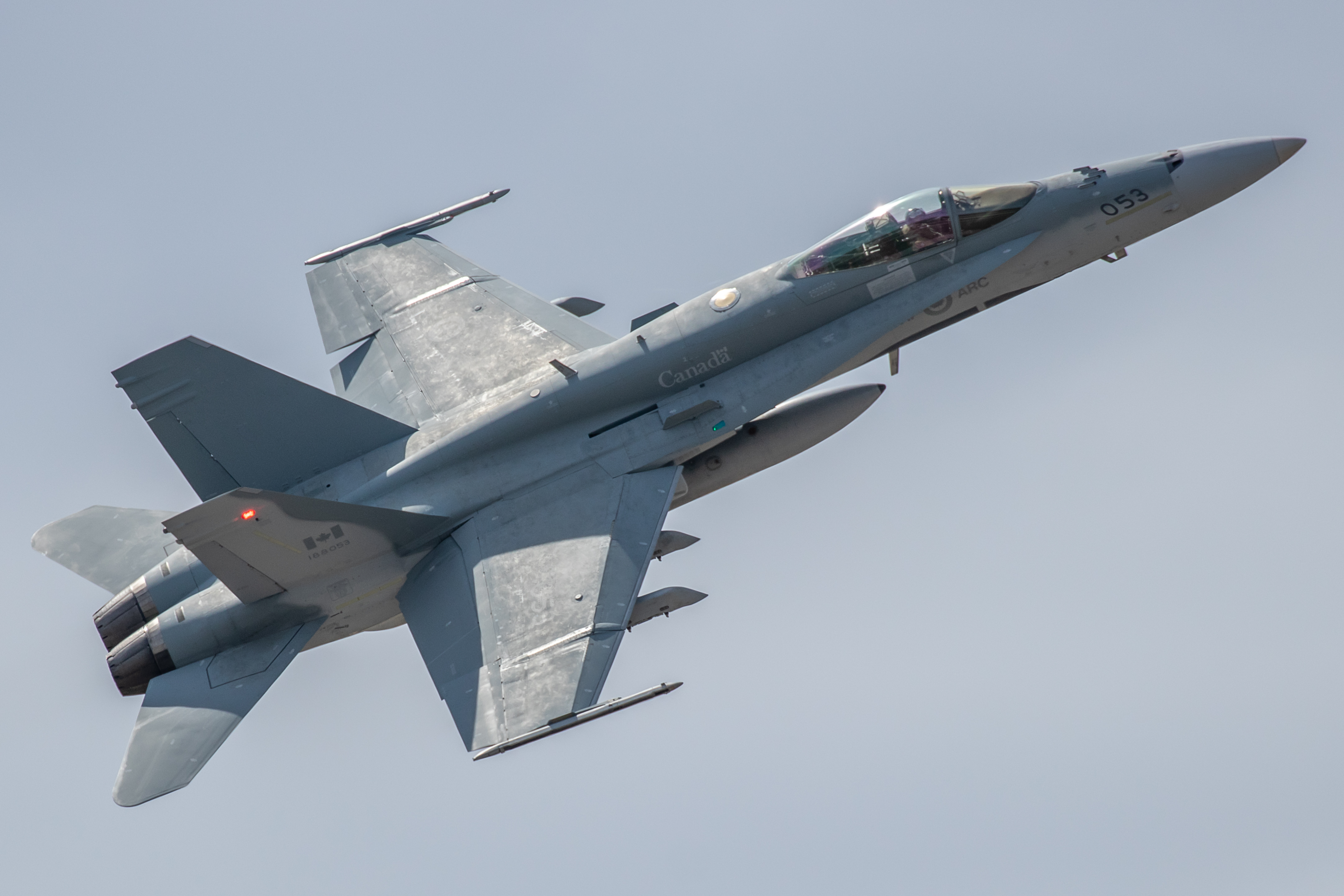Looking for the ideal Rcaf Gifts? Come check out our giant selection of T-Shirts, Mugs, Tote Bags, Stickers and More. CafePress brings your passions to life with the perfect item for every occasion. Free Returns 100% Satisfaction Guarantee Fast Shipping. The latest tweets from @cfsnowbirds. The Snowbirds Demonstration Team (431 Squadron) is a Canadian icon comprised of serving members of the Canadian Forces. The RCAF is suspending all support to air.
16 Wing was originally formed as an RCAF (Reserve) Operational Wing in Hamilton, Ontario on 1 October 1950. Its role was to administer and control support 424 Squadron. The following year on 1 August 1951, it was re-designated 16 (Reserve) Wing; exactly one month later, it again was renamed as 16 Wing (Auxiliary) and retained that designation until disbandment on 1 April 1964. More recently, on 1 April 1993, 16 Wing was again re-formed at BFC Saint-Jean, PQ; shortly after it was allocated to Air Command. A non-flying formation, 16 Wing Saint-Jean was intended to become one of two centres of excellence for training in Air Command. However, a Defence Establishment Review in 1994 allocated Saint-Jean to Land Forces Command and CFB Borden was subsequently selected by Commander Air Command as the best location for the second training centre and the new home of 16 Wing.
Borden was the logical choice for the new Air Command training centre, not only was it the home of the largest Air Command training unit, the Canadian Forces School of Aerospace Technology and Engineering, it was also considered as the 'birth place of the RCAF'. Opening as an air training school in 1917, seven years before the formation of the RCAF, Borden has operated continuously through war, peace, depression, war, and again peace, as a training centre for Canada's Air Force. Although aircrew training was the initial role of the new air station, technical ground training for tradesmen commenced in the early 1920s. This activity continued until the Second World War, at which time aircrew training again took over as part of the British Commonwealth Air Training Plan. At the close of the War aircrew training was again moved from Borden and modern facilities and equipment were provided for engineering, technical and support training. Primary flying training returned to Borden for a short time in the 1960s and Air Traffic Control training was also conducted from 1957 until the move of the ATC Training Unit to Cornwall in 1979.
In preparation for the re-formation of 16 Wing at CFB Borden, the Air Force Junior Leadership School was moved from Penhold, Alberta to Borden in June 1994 and was renamed the Air Command Professional Development Training Centre (ACPDTC). On 12 October 1994, CFSATE and ACPDTC, were joined by the Canadian Forces School of Air Traffic Control (CFSATC), later re-named the Canadian Forces School of Aerospace Control Operators (CFSACO), to form 16 Wing. In 2004 ACPDTC was renamed the Air Command Academy (ACA) and then again in 2014 to the Royal Canadian Air Force Academy (RCAF Academy). 16 Wing forms three diverse training units and one Headquarter.
16 Wing Headquarters, together with CFSATE and the RCAF Academy, are situated in Borden while CFSACO is located in Cornwall, Ontario. 16 Wing is a lodger formation at CFB Borden and is responsible to the Commander 2 Canadian Air Division.
16 Wing Borden is located at Canadian Forces Base Borden.

Read about the history of 16 Wing Borden.

Rcaf Snowbirds Patches
Squadrons

Rcaf Snowbirds Crash

- 16 Wing Air Reserve Flight
Rcaf Snowbirds New Aircraft

Equipment
Rcaf Snowbirds Update
No aircraft